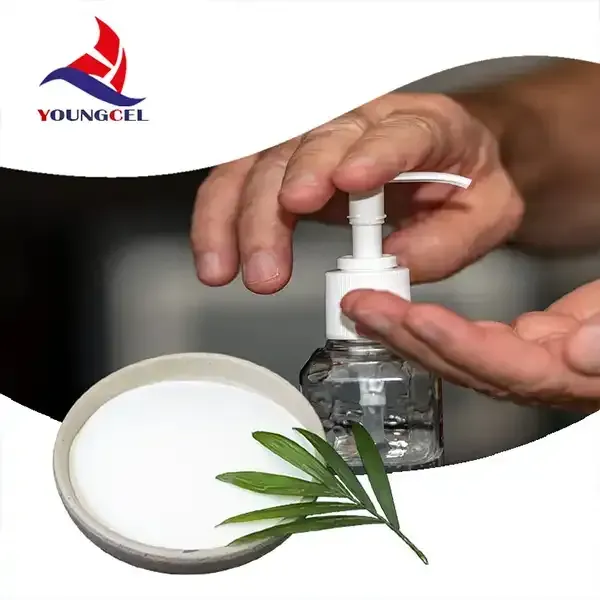HPMC for Gypsum Enhancing Performance and Sustainability in Construction
Hydroxypropyl Methylcellulose (HPMC) is a versatile and widely-used additive in various construction materials, particularly in gypsum-based products. Gypsum, a mineral commonly employed in building applications such as plaster, wallboard, and decorative elements, benefits significantly from the incorporation of HPMC. In recent years, the construction industry has placed a greater emphasis on sustainability and performance enhancement, making HPMC a crucial component in modern building materials.
Understanding HPMC
HPMC is a semi-synthetic polymer derived from cellulose, which is a natural polymer found in plant cell walls. It is non-toxic, odorless, and soluble in water, which makes it suitable for a wide range of applications. In the context of gypsum, HPMC acts as a thickening agent, stabilizer, and water retention aid, contributing to improved workability and performance of gypsum formulations.
Benefits of HPMC in Gypsum Products
1. Enhanced Workability HPMC improves the viscosity of gypsum slurries, allowing for better manipulation during application. This enhanced workability facilitates easier spreading and leveling, which is critical in achieving high-quality finishes in plastering and wallboard installation.
2. Water Retention One of the key properties of HPMC is its ability to retain water. This is particularly important for gypsum products, as prolonged hydration is necessary to achieve optimal setting and curing times. HPMC helps prevent premature drying, ensuring that the gypsum maintains sufficient moisture for proper chemical reactions, leading to stronger final products.
3. Improved Adhesion The incorporation of HPMC in gypsum formulations enhances adhesion to substrates. This is essential for applications such as plastering, where strong bonding to walls or ceilings is needed to withstand mechanical stress over time. HPMC helps ensure that the gypsum adheres firmly, reducing the risk of cracking or delamination.
hpmc for gypsum

4. Enhanced Flexibility and Durability HPMC contributes to the flexibility of gypsum products, making them less brittle and more resistant to cracking. This is crucial for applications in environments that experience temperature fluctuations or structural movement. By improving the durability of gypsum, HPMC helps extend the lifespan of construction materials.
5. Reduced Dust Generation During gypsum application, dust is often generated, which can be a health hazard and contribute to environmental pollution. HPMC reduces dust formation during mixing and application, improving health and safety conditions for construction workers.
Sustainability Considerations
With the growing emphasis on sustainable building practices, HPMC’s role in gypsum-based products aligns with industry trends aimed at reducing environmental impacts. The use of HPMC helps optimize material usage, reduce waste, and improve the overall effectiveness of gypsum products, leading to lower consumption of resources over time.
Moreover, many manufacturers are focusing on producing HPMC from renewable resources, further enhancing its sustainability profile. This shift aligns with the broader effort to integrate eco-friendly materials into construction practices, ultimately supporting global initiatives toward sustainable development.
Conclusion
HPMC has established itself as an invaluable additive in gypsum-based construction materials. Its multifaceted benefits, including enhanced workability, water retention, adhesion, flexibility, and reduced dust generation, make it indispensable in modern construction practices. As the industry continues to embrace sustainability, the role of HPMC in improving the performance and eco-friendliness of gypsum products will likely expand, paving the way for innovative and responsible building solutions. The future of construction not only lies in robust and durable materials but also in the sustainable practices that ensure longevity and environmental stewardship.
-
The Application and Significance of Construction RdpNewsMay.19,2025
-
Industrial Grade HpmcNewsMay.19,2025
-
Building Coating Adhesive Building Coating Adhesive HpmcNewsMay.19,2025
-
Application Of Hpmc For Detergent For Detergent In DetergentsNewsMay.19,2025
-
Application Of Hpmc Cellulose In Cement-Based MaterialsNewsMay.19,2025
-
Application Of High Quality Hpmc For Construction In The Field Of ConstructionNewsMay.19,2025




